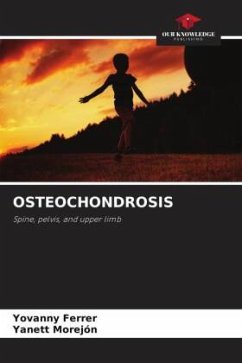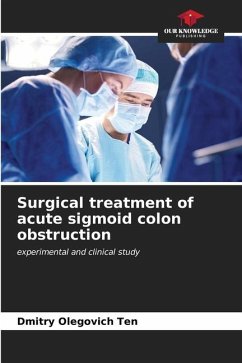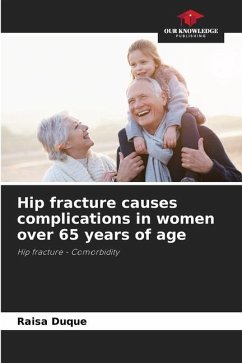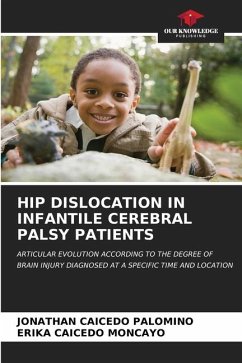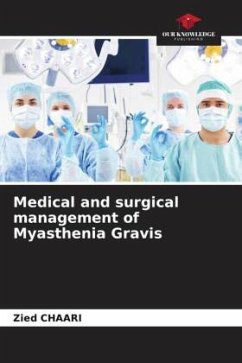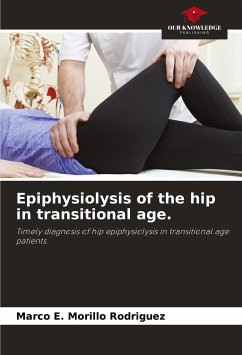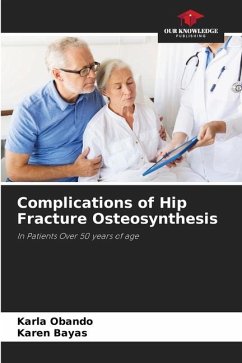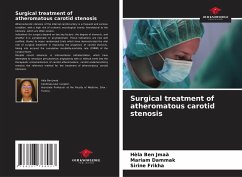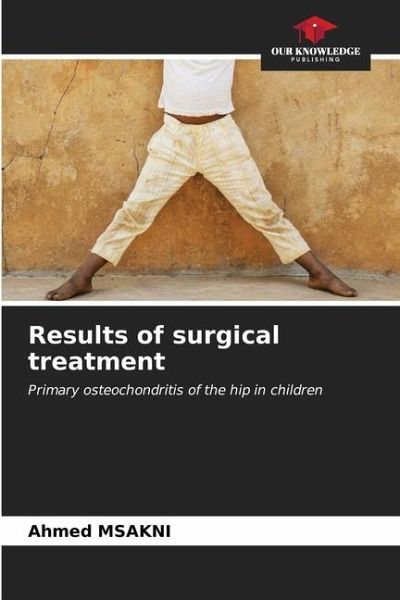
Results of surgical treatment
Primary osteochondritis of the hip in children
Versandkostenfrei!
Versandfertig in 6-10 Tagen
29,99 €
inkl. MwSt.

PAYBACK Punkte
15 °P sammeln!
Primary osteochondritis of the hip is a complex pediatric condition. This study evaluates the efficacy of current surgical techniques and explores the factors leading to success or failure. It thus contributes to optimizing the management of this complex disease, improving patients' quality of life and paving the way for future clinical improvements.There was a clear male predominance (ratio of 3.28), with symptoms presenting at a mean age of 6.77 years. Radiological evaluation revealed variations in Catterall, Hering and Stulberg stages, while showing significant improvements in femoral epiph...
Primary osteochondritis of the hip is a complex pediatric condition. This study evaluates the efficacy of current surgical techniques and explores the factors leading to success or failure. It thus contributes to optimizing the management of this complex disease, improving patients' quality of life and paving the way for future clinical improvements.There was a clear male predominance (ratio of 3.28), with symptoms presenting at a mean age of 6.77 years. Radiological evaluation revealed variations in Catterall, Hering and Stulberg stages, while showing significant improvements in femoral epiphysis sphericity and Wiberg angle after surgery. Compared with pelvic osteotomies, varization was associated with a significant reduction in lameness.It is crucial to consider the individuality of each patient when choosing the best surgical technique. Early diagnosis and appropriate intervention are essential for optimal long-term results.



